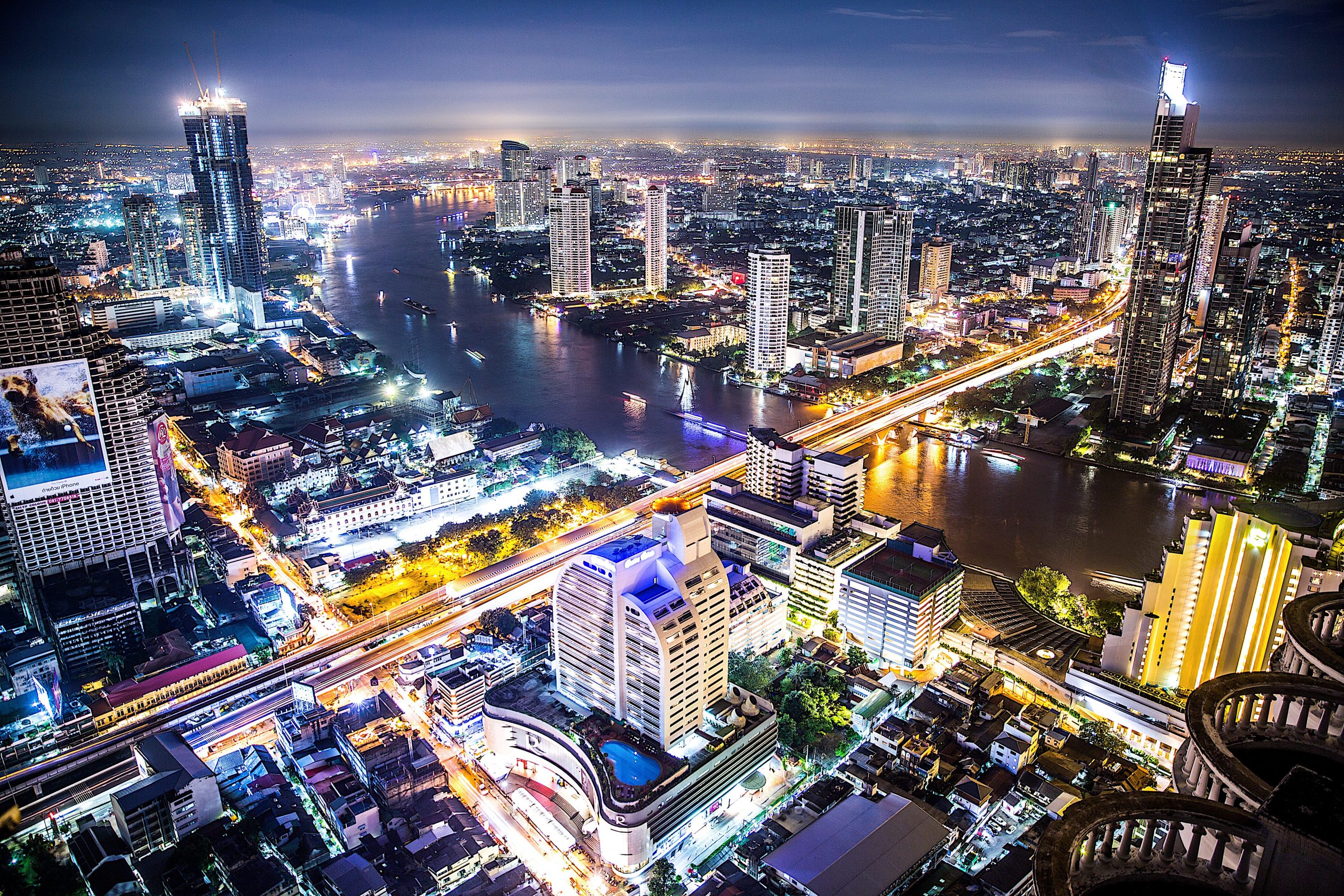As the world carefully treads the tense geopolitical landscape, Thailand’s Tourism Authority (TAT) stands ready to embrace an impressive number of over 2 million Russian tourists in the upcoming year. At the helm of this challenging objective, Khanittha Phanworawat, the director of the Moscow office, is fervently advocating for the retention of Thailand’s affinity for Russian travelers, particularly against the backdrop of other nations maintaining their restrictive sanctions on Russia.
Historically, European getaways have been a summer favorite for many Russian tourists. However, the ongoing conflict with Ukraine has inadvertently stimulated Russian tourists’ interest in expanding their horizons and uncovering new destinations. This shift has unequivocally marked Thailand as a prime, all-year destination. Khanittha acknowledges this evolution in travel preferences and underlines that Thailand now stands as a favored choice for a plethora of Russian tourists, who not only spend generously but also enjoy extended stays.
Thailand’s tourist arrival statistics reflect this trend. The nation has already hosted over 840,000 Russian visitors this year alone, landing it a coveted spot amongst the top five countries that attract a substantial number of tourists from Russia. Khanittha predicts an escalation in these figures, possibly even surpassing the 1.48 million Russian visitors welcomed in 2019.
Siripakorn Cheawsamoot, the TAT deputy governor for Europe, Africa, the Middle East, and the Americas, shares this optimism, expressing positive views about the resurgence of flight connections between Thailand and Europe, encompassing Russia. According to Cheawsamoot, roughly 70% of the flight capacity that existed in 2019 is operational as of this year, with anticipations of a further increase in the upcoming peak season.
However, some challenges prevail in achieving these goals. Russian airlines are wrestling with limitations in fleet size, which hampers their ability to offer direct flights, thus presenting a barrier in luring potential visitors. Economic sanctions on Russia are an additional hurdle that complicates aircraft insurance coverage, thereby obstructing the airline’s growth initiatives.
Regardless of these obstacles, Khanittha maintains her confidence in enticing an even larger slice of Russian tourists. She affirms that TAT will persist in invigorating tourism demand by tapping into new demographics such as regular tourists, adventurers, health and wellness seekers, as well as honeymooners. The outcome – a larger market share of direct flights and consequently, an increase in routes between Thailand and Russia. In preparation for these changes, TAT is shifting gears to enhance Thai tourism by focusing on connecting flights, primarily leveraging the Middle East as an aviation nexus.
russians in thailand
Thailand tourism


















Be First to Comment